Ever looked at your PlayStation, Nintendo device, or Xbox and wondered, “Could I build something like this?”
Indeed, it is possible! Thinking about creating your own video game console, a machine designed to play your favorite games, is a pretty cool thought. However, building something that can rival those gaming giants is a massive undertaking for game development companies, let alone a single individual.
But that doesn’t mean you can’t explore the fascinating world behind the creation of a console. This article will explain their core components, how everything works together, and a primer on how to make a video game console for those who want to work on hands-on DIY projects.
How to make a video game console: what goes into one?
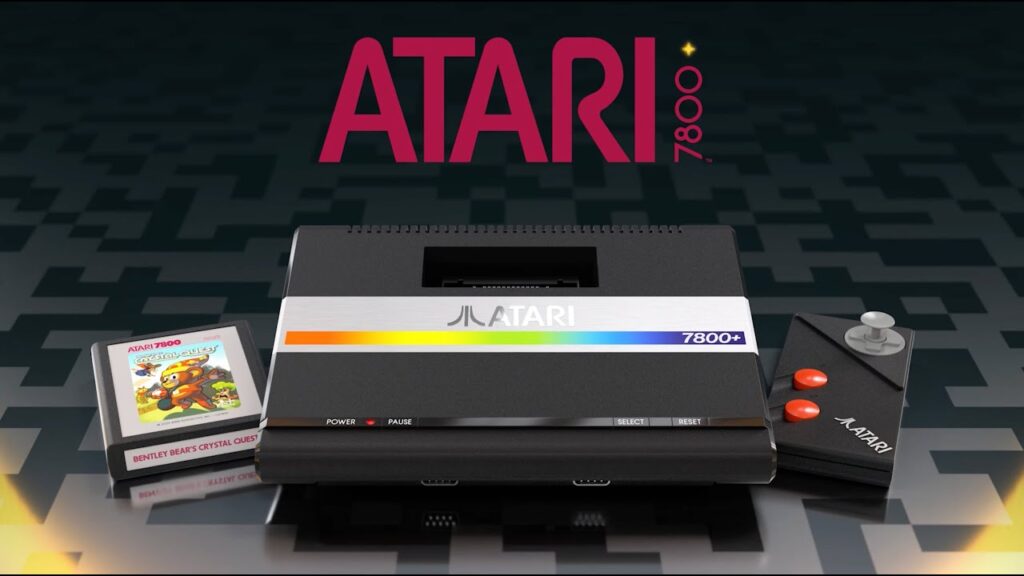
Let’s break down what makes a video game console tick. Creating a console from scratch to compete with the likes of PlayStation or Xbox is a massive undertaking. It requires expertise in electrical engineering, software development, industrial design, manufacturing, and a lot of capital.
We’re talking about companies with massive teams of specialists and budgets that would probably make your head spin.
But that doesn’t mean we can’t explore the fundamental building blocks of a console! Understanding these core components gives you a better appreciation for the technology that powers your favorite games and the challenges of creating these portals to the digital worlds we love.
So, what exactly goes into making a video game console like the big ones?
The hardware: brains, brawn, and lots of memory
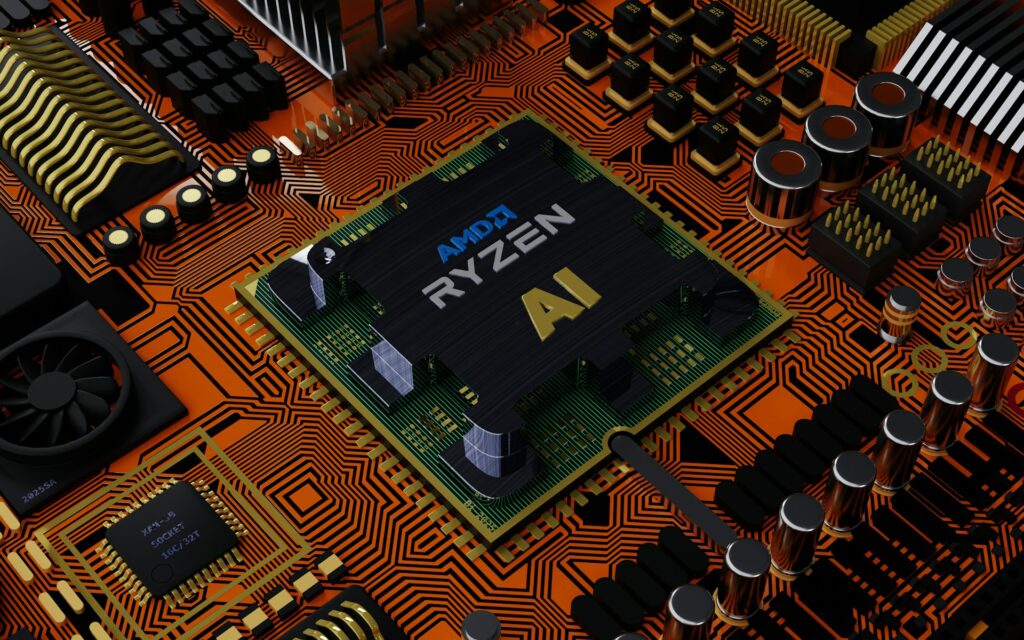
At the center of every electronic device, we have the processor (CPU, or core processing unit). This nanoscale marvel of technology handles all the calculations that make the game run. It processes the game’s logic, its world’s physics, and how characters behave. The faster and more powerful the CPU, the more complex and demanding games it can handle.
Next, we have the graphics processing unit (GPU), the muscle behind those lovely visuals. It is responsible for rendering everything you see on screen, from the characters and environments to the special effects and lighting (including global illumination).
Of course, a console also needs memory to store all the data it’s working with – the RAM (random access memory) is the device’s short-term memory, storing data the CPU and GPU need to access quickly.
Then, there’s storage. Modern consoles use hard drives (HDD) or solid-state drives (SSD) to store the games themselves, as well as save files, downloadable content, and other data. SSDs are incredibly fast, making games load faster, so they’re the preferred choice.
The software: making it all work

A console also needs software to function. In this case, the operating system (OS) is at the console’s base, managing its core features, like connecting to the internet, running applications, and interfacing with controllers.
Developers also need development tools to create games for the console. They include software libraries and debugging tools, which provide the framework and resources developers require to bring their game ideas to your console!
Input and output: controlling the action
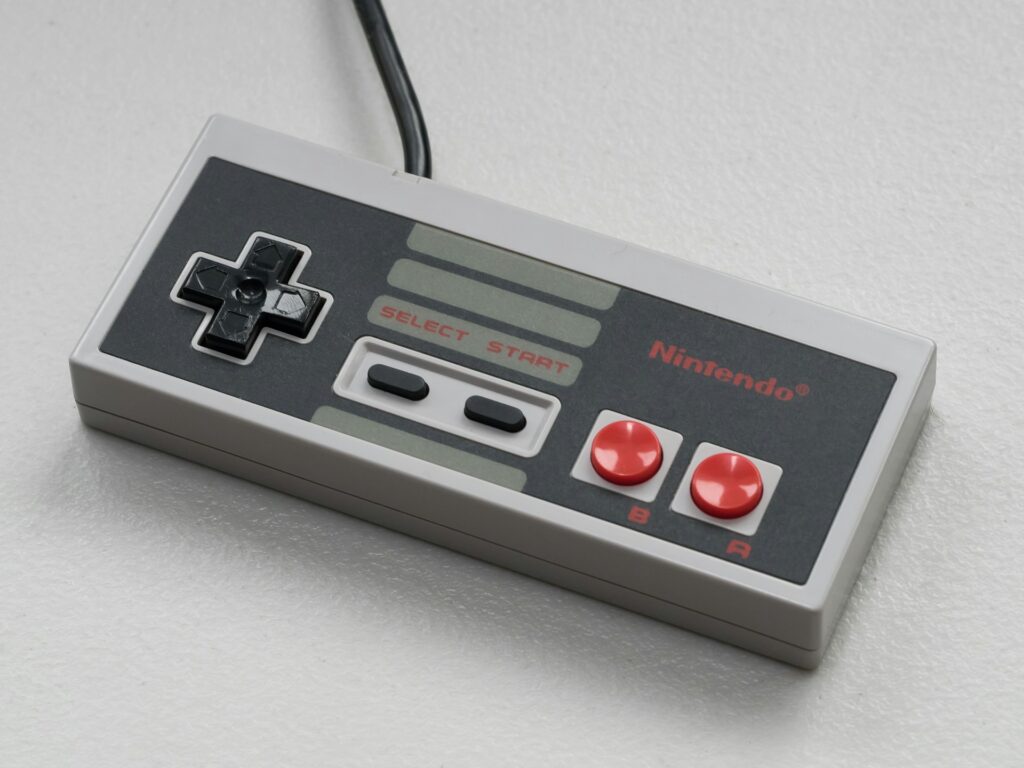
A console wouldn’t be of much use without a way to control the action. Controllers are the physical interface between you and the game world, having evolved from single joysticks and buttons to complex devices with analog sticks, triggers, and even motion sensors.
For your original console, you’d have to design a comfortable and intuitive controller, too!
Finally, you’ll need a way to see whatever is going on. Consoles typically connect to a TV or monitor using HDMI or other display cables, but some come with integrated screens and controllers (like Nintendo’s devices).
The long road to market
Let’s say you’ve built a working prototype of your dream console. That’s an awesome start, but the journey’s not over yet. To turn your prototype into a real product you can sell, you need to think about manufacturing, partnerships, and marketing.
First, you’ll need to secure funding, and lots of it. You’ll need to convince investors that your console is worth their money, then partner with manufacturers who can create the components for your console.
This often involves custom-designed chips, specialized hardware, and unique controllers, all built to your specifications. You’ll also need to set up distribution channels to get your device into stores and into the hands of gamers.
Another equally gigantic fraction of your investments will be destined for marketing. You may rely on creating a strong brand identity, generating hype through trailers and announcements, and getting your console into the hands of influencers and reviewers.
It’s an uphill battle, but with the right strategy (and some luck, too), your console could become the next big thing in gaming!
Building a gaming console as a side project: what options are there?
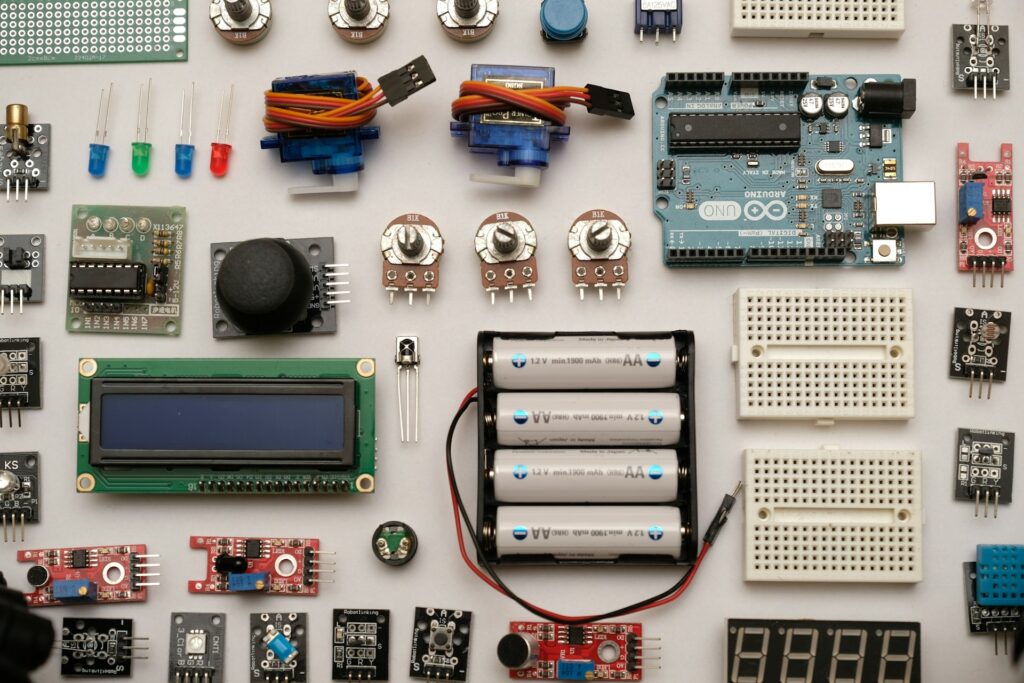
We’ve established that building a console to rival Sony, Nintendo, and Microsoft is a massive undertaking. But what if you just want to tinker with some electronics and create a simple gaming device for fun? Well, DIY enthusiasts might have a field day with the following options.
One of the easiest and most popular ways to build a DIY console is through emulation. It means using software to mimic the hardware of another system, which lets you play classic games from older consoles on modern computers or devices.
For example, you can use an emulator like RetroPie to turn a Raspberry Pi, a tiny and affordable computer, into a retro gaming powerhouse. RetroPie comes pre-loaded with emulators for a wide range of classic consoles, including the NES, SNES, Sega Genesis, and even older PlayStation models.
You can connect a USB controller, hook it up to your TV, and relive those golden days of gaming for a relatively low price.
Another option for building a DIY console is to use a single-board computer (SBC) like an Arduino or the Raspberry Pi from above. As they’re affordable, versatile, and customizable, these devices are perfect for hobbyist projects like your custom console.
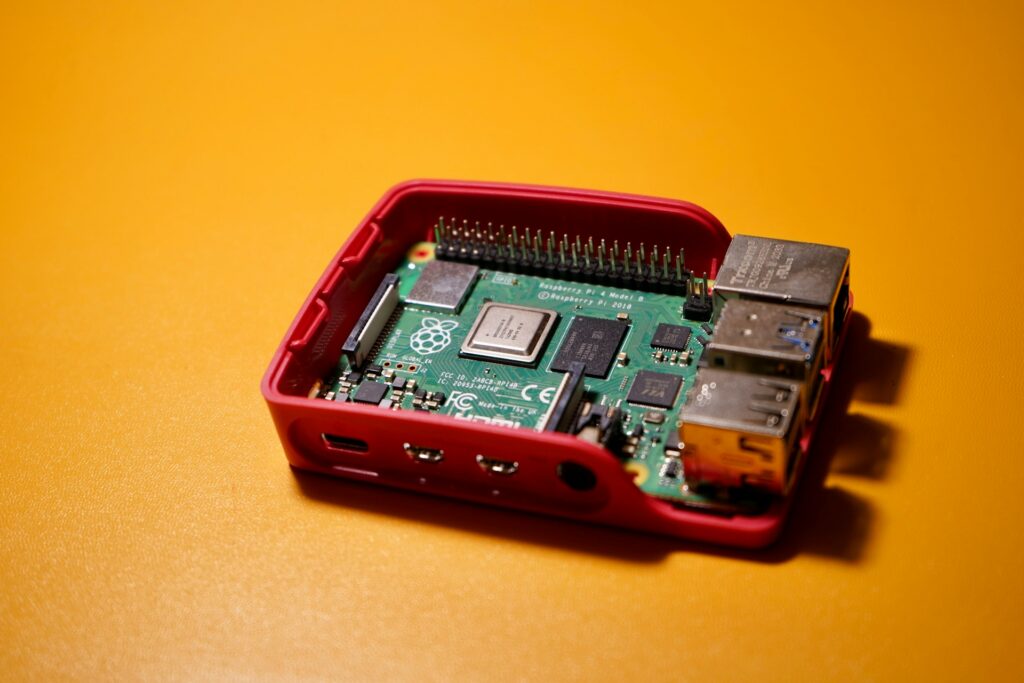
With some coding knowledge and basic electronic skills, you can use an SBC to create a simple gaming device to play custom-made games. There’s a variety of online tutorials and resources available to help you get started and only your imagination’s the limit.
If you’re feeling adventurous, you can even design custom controllers and enclosures for both projects, giving your DIY console a unique and personal touch.
In any case, these projects are a great way to learn about electronics, programming, and game development. They’re also a fun way to experiment with new ideas and create something unique – even better if you’re engaged with a community of like-minded creators!
Conclusion
As fascinating as creating a video game console is, it involves a lot more than just plugging in a few wires and hitting the power button. Building a device to rival today’s gaming giants is a massive undertaking, requiring incredible resources and technical expertise.
But that doesn’t mean you can’t explore the world of console creation! DIY options like emulation and SBCs offer a fun and accessible way to tinker with hardware, learn about game development, build a simple console of your own, and perhaps inspire some innovators in the future!
We believe everyone has a story to tell – and perhaps your story is best told through a video game. At Main Leaf, we’re here to help you bring those stories and wildest ideas to life. Whether you’re a studio looking for extra muscle or an individual with magnificent ideas, we offer a range of services to support your game creation goals.
Let’s connect and see how we can collaborate to make something truly special!

